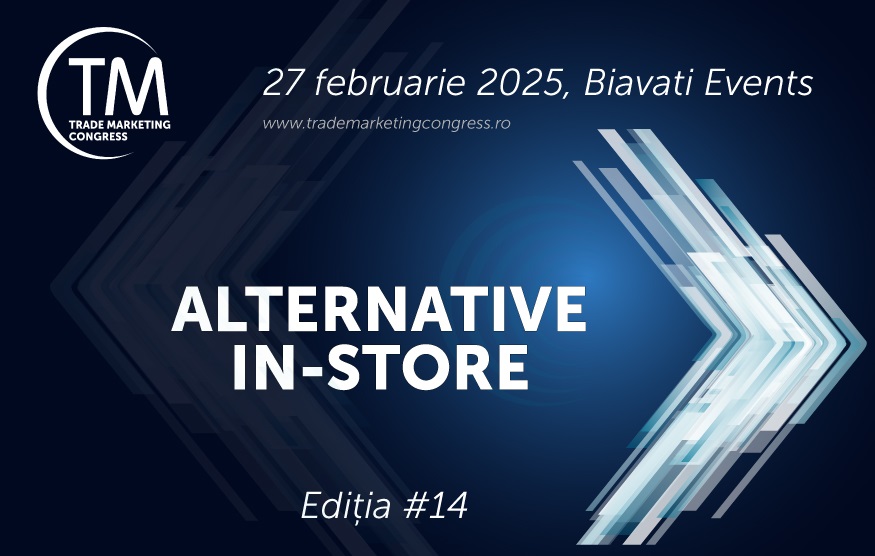TMC 2025: What place do we leave for the brand in in-store communication?

In the most prosperous period in recent decades, the cost of living is still high in Romania. The most recent INS study on the standard of living shows that over 42% of Romanians’ consumption expenditures are for the purchase of food and beverages. This is a national average, because in Bucharest the percentage is 37%, but in the northeast and southwest it exceeds 45%. In the total household budget, food and beverages consume between 19 and 25% of income, depending on the region. Both reports show a much lower level compared to the 1990s and early 2000s, when more than half of the salary was spent on daily products.
Wage income has increased significantly, but in recent years the inflation rate has also risen, as have the number and level of taxes and duties. This is also the reason for the acute sensitivity of consumers to the prices of daily goods. In addition, an important change compared to 20-25 years ago is the level of competition in retail: three quarters of the food retail market is contested by over 20 large commercial networks, 11 of which have a turnover of over 1 billion lei annually. In medium-sized towns, several of these operate, and in large towns, almost all, if not all, of them, so that a particularly fierce competition results.
The aggregate effect of retail competition and the current sensitivity of consumers to prices is a competition of offers such as discount promotions, discount coupons, loyalty campaigns with progressive discounts. No brand can and should not miss this competition: it would be dangerous in the short term and risky in the long term. In trade communication dominated by financial advantages offered to shoppers, brands face a difficult challenge: that of remaining in the memory of consumers in a period in which they are urged to choose from several offers. Brands – both product and retail – need to find attractive and effective ways to communicate brand values. How exactly the brand should be introduced into current communication and what place it should occupy in the overall communication, including in-store, are increasingly intense concerns today.
“Alternative in-store”, the 2025 edition of Trade Marketing Congress, is built as a framework for dialogue, exchange of ideas and a source of inspiration to find appropriate answers to concerns for nuanced communication and to credibly alternate the trade discourse so that the brand can sustainably maintain its relevance and prestige in the eyes of customers.
Personalities from the FMCG and Food Retail business community have already announced their participation as speakers at this event:
- Nicoleta Scarlat, Marketing and Sales Director at Eisberg Romania
- Gabriel Petcu, Category Development & e-comm Manager at Ursus Breweries
- Noemi Varga, PR Specialist at dm Drogerie Markt
- Michael Kaiser, Commercial Director at Sezamo
- Teodora Migdalovici, Founder of The Alternative School
- Dana Nae Popa, Managing Director of the Pastel agency
- Bogdana Gheorghe, Managing Director of RetailZoom
- Mihaela Alexandru, Managing Partner at the To Know agency
- Traian Năstase, Managing Partner at iSense Solutions
Trade Marketing Congress 2025 takes place on February 27 and is supported by some of the strongest brands in the consumer goods and related services industry: Ursus, Peroni, Kozel, Beanz Café, Eisberg, MPC Trade Marketing Services, InventivePlus Marketing Agency and Seqbyte Solutions.















